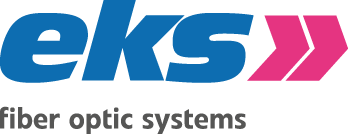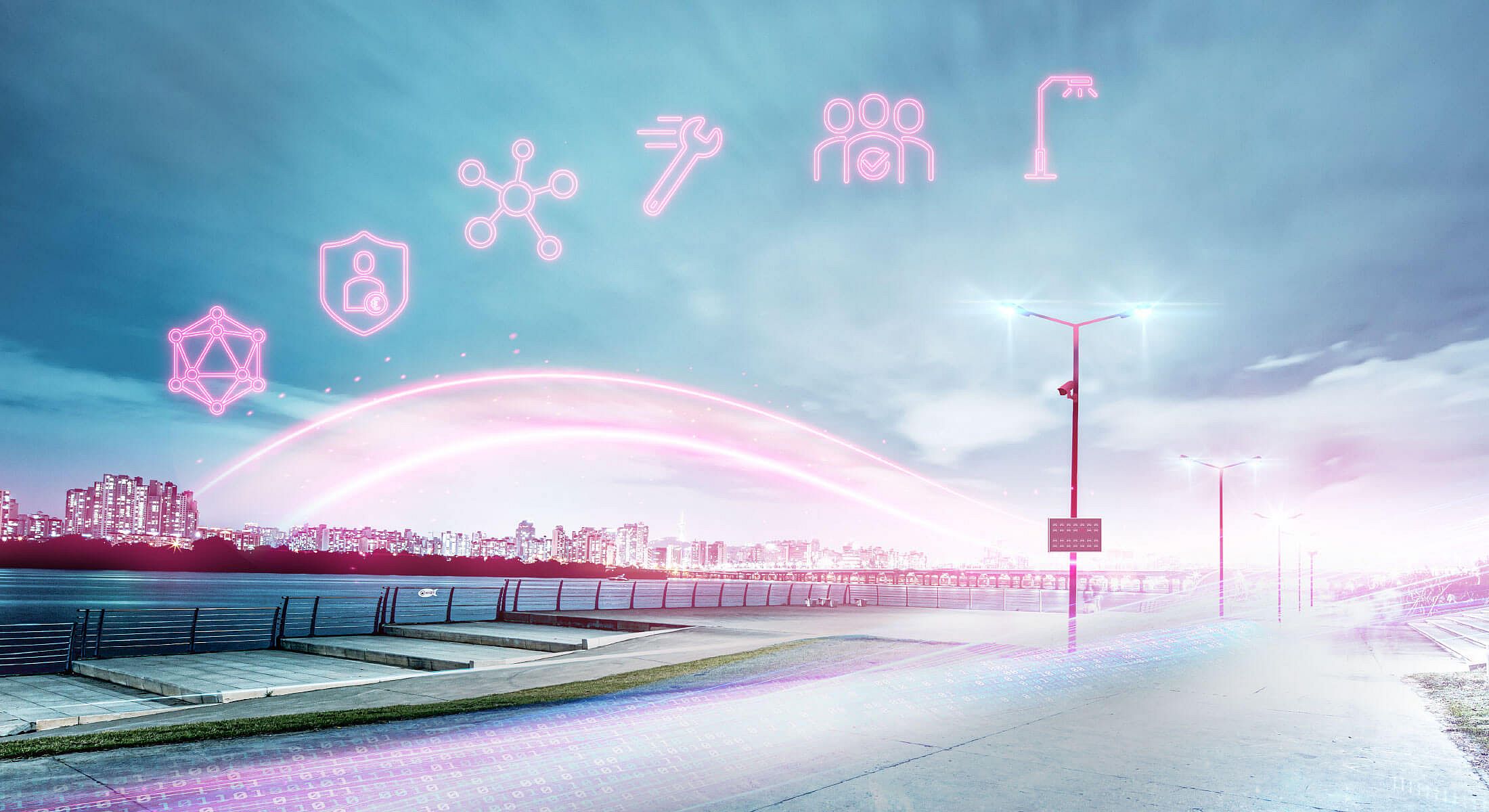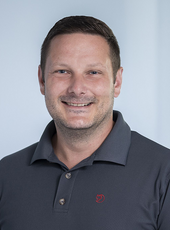



Smart City Conzept
How must a Smart City be structured?
Construction of an
urban high-speed network
The Smart City concept will improve the quality of life of citizens and give municipalities the opportunity to offer new services and business models. However, this requires a comprehensive, close-meshed and real-time network infrastructure that combines wired IP-based data transmission with wireless technologies such as 5G.
The backbone of this convergent infrastructure is the expansion of broadband with fiber optic cables, which was adopted in Germany at the end of 2016 with the law to facilitate the expansion of digital high-speed networks (DigiNetz-G). With the ultra-compact, modular pe-light-S smart city system, a multifunctional solution for fiber-optic networking of IP-capable devices via Gigabit Ethernet is now available, based on robust technology for industrial automation. Since it can be integrated into existing infrastructure elements such as light poles, high-speed urban networks can be set up quickly and cost-effectively.
Springboard for digitisation
The Smart City concept ranges from transport and energy supply to health, education and public administration. Aspects include e-government, i.e. the digitization of official processes, virtual teaching, intelligent power grids, telemedicine and traffic telematics. The objectives include, for example, more ecologically sustainable mobility, faster emergency care, higher energy efficiency, improved knowledge and technology transfer, and new municipal services for citizens and businesses. Furthermore, the Smart City concept is an important building block for the competitiveness of Germany as a business location.
For several years now, international standardization organizations have been working on the technical implementation of the Smart City concept. Through the German Commission for Electrical, Electronic & Information Technologies (DKE) and the German Institute for Standardization (DIN), Germany is one of the founding members of the Systems Evaluation Group (SEG) Smart Cities within the International Electrotechnical Commission (IEC). National guidelines include DIN SPEC 91340 and DIN SPEC 91347, which aim to promote close cooperation between all those involved in the change processes for future-oriented urban development, from legislators and local authorities to research institutes and technology manufacturers.
Continuous cabling with optical fibres
In the course of the Smart City concept, large amounts of data ("Big Data") must be transmitted in real time over long distances. The backbone of the digital infrastructure is a high-performance network infrastructure based on single or multimode fiber optics. These fibers enable data rates of over 40 Gbit/s and distances of 100 km and more.
Since glass fibers consist of electrically non-conductive material, the data is always transmitted via an electrical insulator. This means that no potential equalisation currents occur via the data lines, which are feared especially in extensive systems. Even in case of a lightning strike there is no risk of destruction of the connected devices. Furthermore, it is almost impossible to tap fibre optic cables, whereas copper cables are comparatively easy to manipulate, for example when transmitting video images.
In terms of price, there is no significant difference between copper and fibre optic cables. However, 1 kg glass is as powerful as 1000 kg copper. The raw material balance also speaks a clear language. Copper is actually too good to be laid in the form of cables. Glass fibres, on the other hand, consist of silicate, which is available in almost unlimited quantities.
IP-based data transmission
A central aspect of the Smart City concept is the communication of intelligent devices via the Internet, which is why they need to have an IP (Internet Protocol) interface. Only then these devices can communicate with each other outside local area networks (LANs), as well as with data centers or cloud services. And depending on the application, not only reliable data communication is important, but certain requirements regarding bandwidth and real time must also be met.
Ethernet provides an IP-compatible, open transmission technology that is standardized worldwide by the Institute of Electrical and Electronics Engineers (IEEE) and enables continuous end-to-end communication at high data rates. Ethernet, which was originally developed for the IT environment, has also been used in automation (Industrial Ethernet") for around 20 years. In the course of Industry 4.0, this technology was further developed so that today it enables deterministic data transmission, i.e. calculable and guaranteed end-to-end latencies, strongly limited latency fluctuations and extremely low packet loss.
In the meantime, there is a wide range of powerful active and passive components for Ethernet networks, which have been specially developed for the harsh environmental conditions of industrial automation and are therefore also ideally suited for the technical implementation of the Smart City concept. They include routers, switches and media converters as well as single and multimode fiber optic cables, splice boxes, pigtails, patch cables and optical connectors.
Light poles as element
of digital transformation
In order to build up the required comprehensive, close-meshed network to implement the Smart City concept, municipalities must create new networked infrastructure elements or digitise existing ones. Lighting poles, for example, of which there are more than 9 million in Germany, lend themselves to this. With this approach, municipalities can kill two birds with one stone. Many of these poles will have to be converted to energy-saving LED technology in the coming years. And they already have a power connection that can also be used to supply power to the network technology, PE Light S functions as an IOT gateway between the network level on the mast and the transmission path to the application.
Therefore, DIN SPEC 91347, which was developed by the German Institute for Standardization (DIN) on the initiative of [ui] - the urban institute together with important industry players using the PAS (Publicly Available Specification) process, recommends that lighting poles shall be made data and information nodes. These so-called "Humble Lampposts" can be equipped with functional components for connectivity as well as for sensors and actuators according to the modular principle. The consortium partners involved in the standardisation project were EnBW and RheinEnergie as operators of urban lighting infrastructure, Schréder, Trilux and eluminocity as specialists for lighting management and charging infrastructure, and Deutsche Telekom, NXP, Alliander and Microsoft in the field of communication and as platforms for the Internet of Things (IoT).
At present, light masts are connected to power lines, but normally there are no fibre optic cables yet, which are necessary for the implementation of the Smart City concept. However, this will change as a result of the law to facilitate the expansion of digital high-speed networks (DigiNetz-G), which came into force in November 2016. Since then, fiber optic cables must be laid at every construction site along traffic routes, and this is mandatory from the outset when developing new development areas. In some cases, empty conduits have been laid in the past as a precautionary measure, so that lighting poles can sometimes be networked without the need for earthworks. In addition, the expansion of broadband is financially supported by subsidy programs of the European Union as well as the federal and state governments.
Smart up
your City.
with eks!



